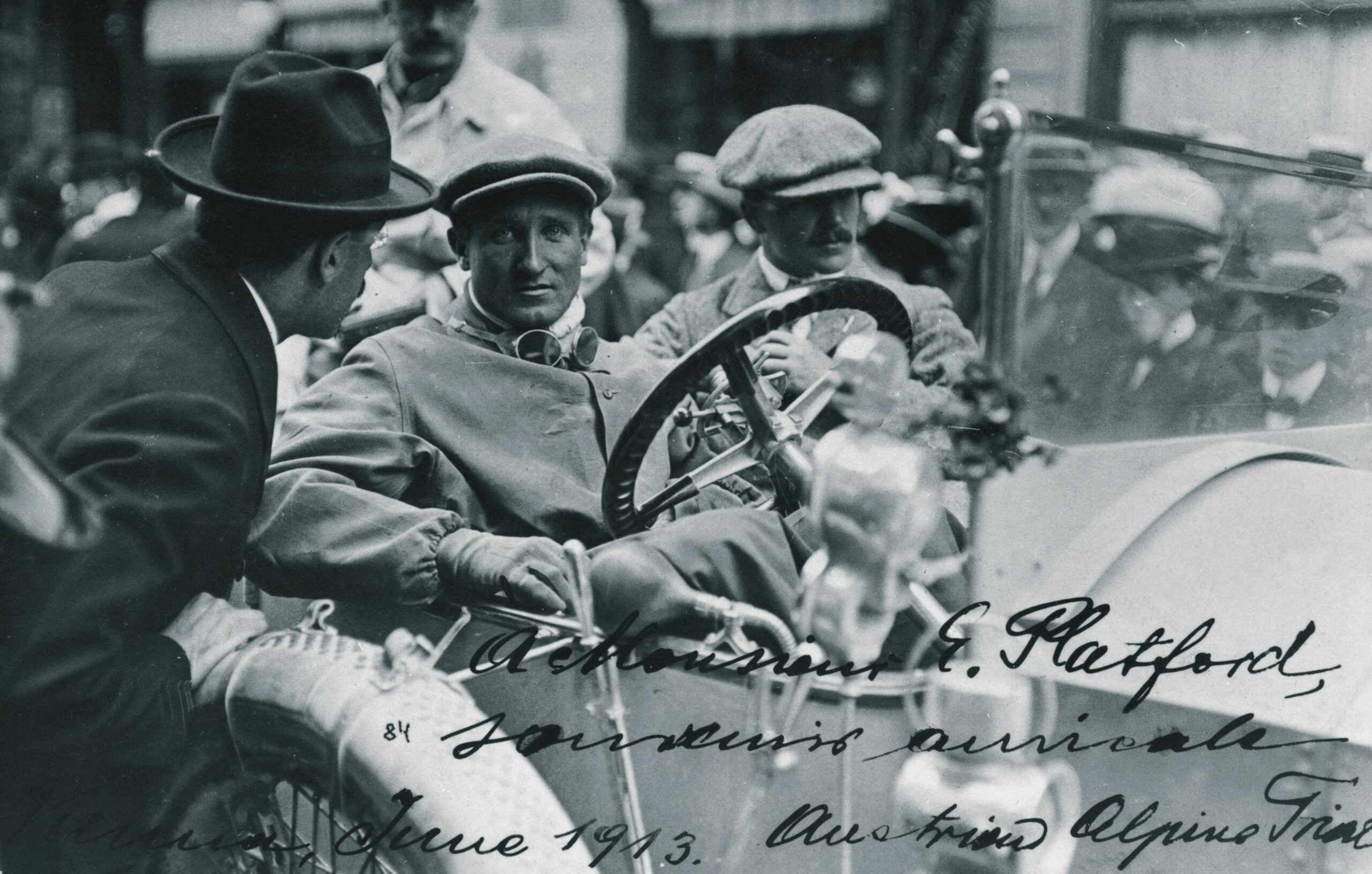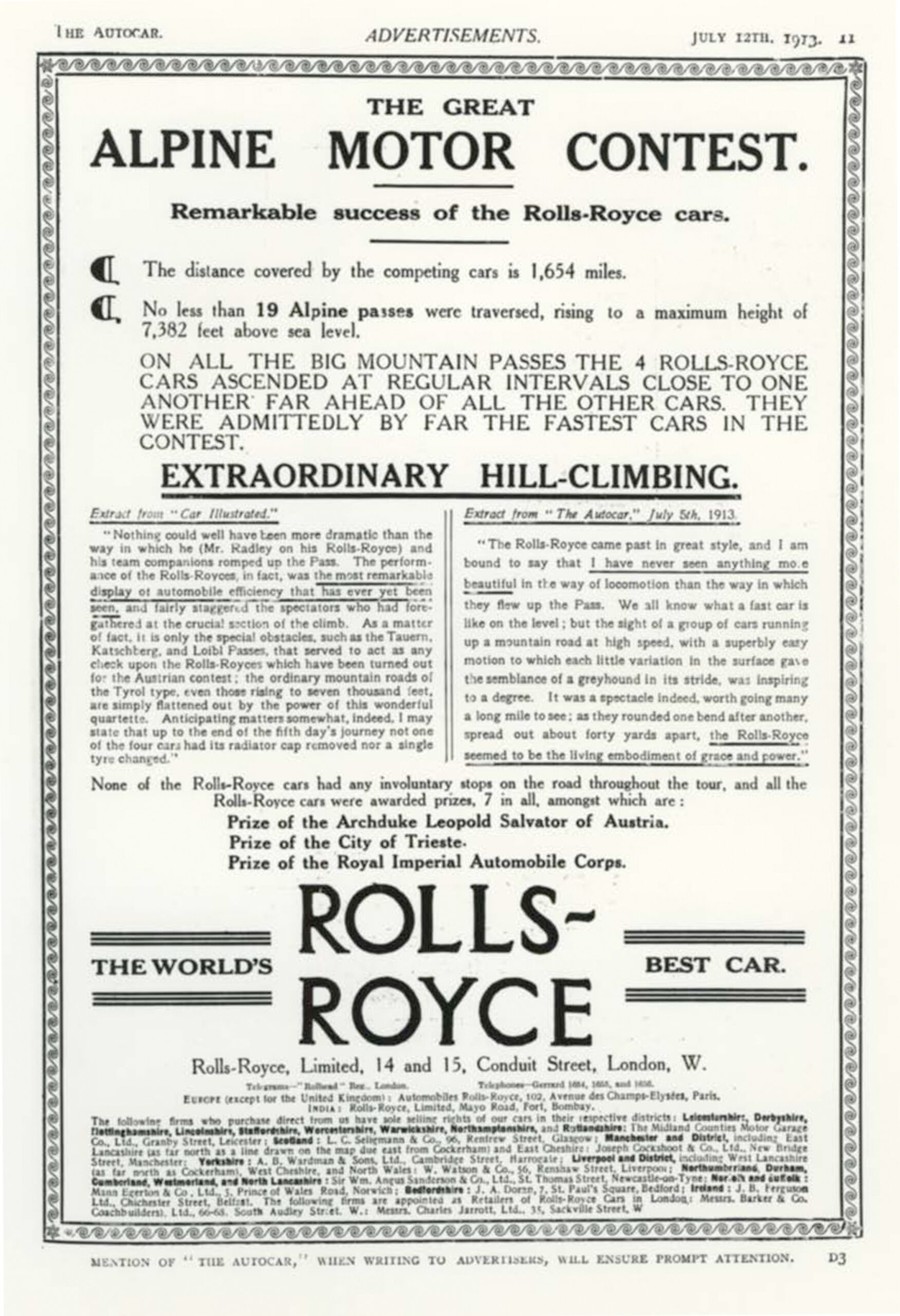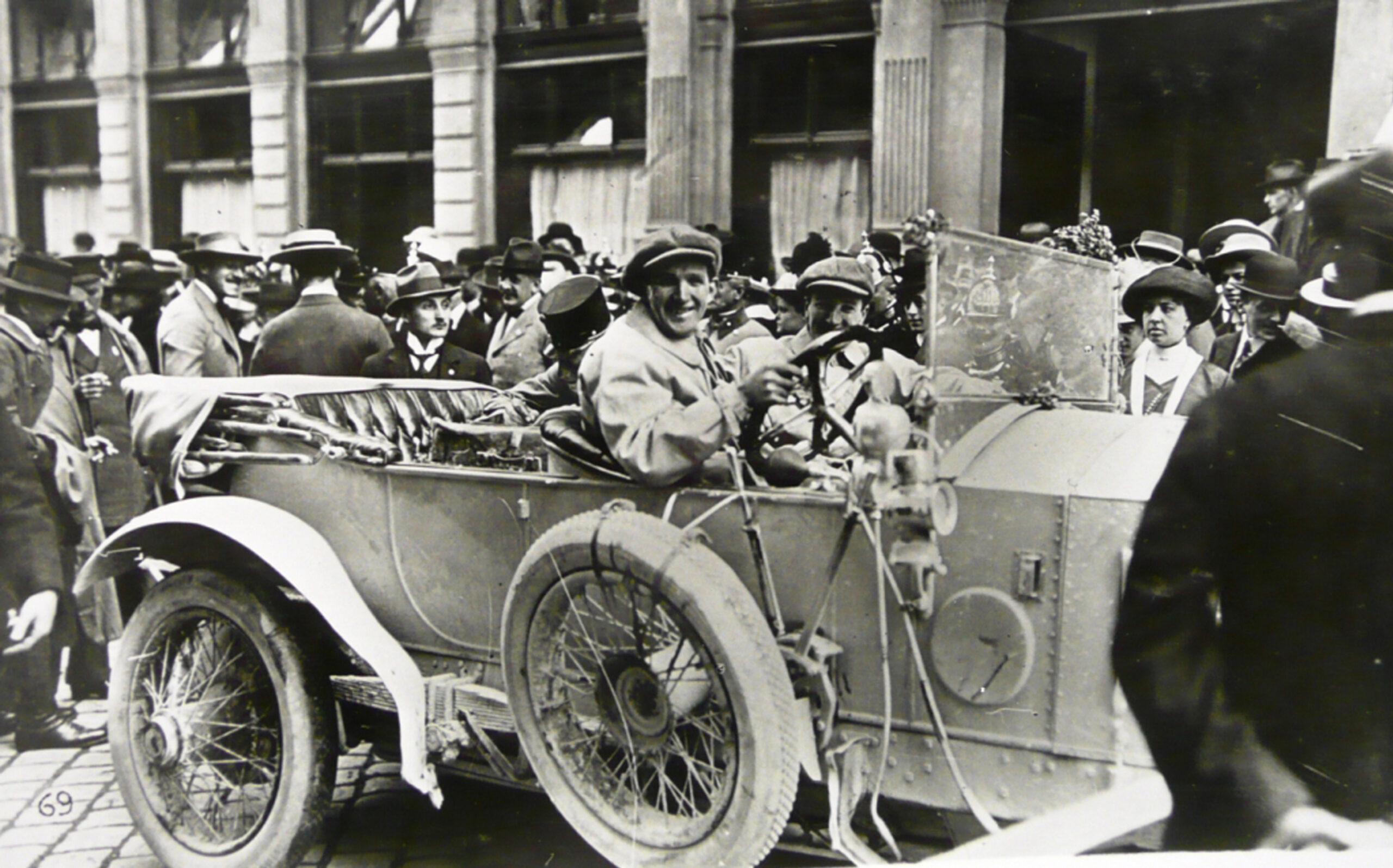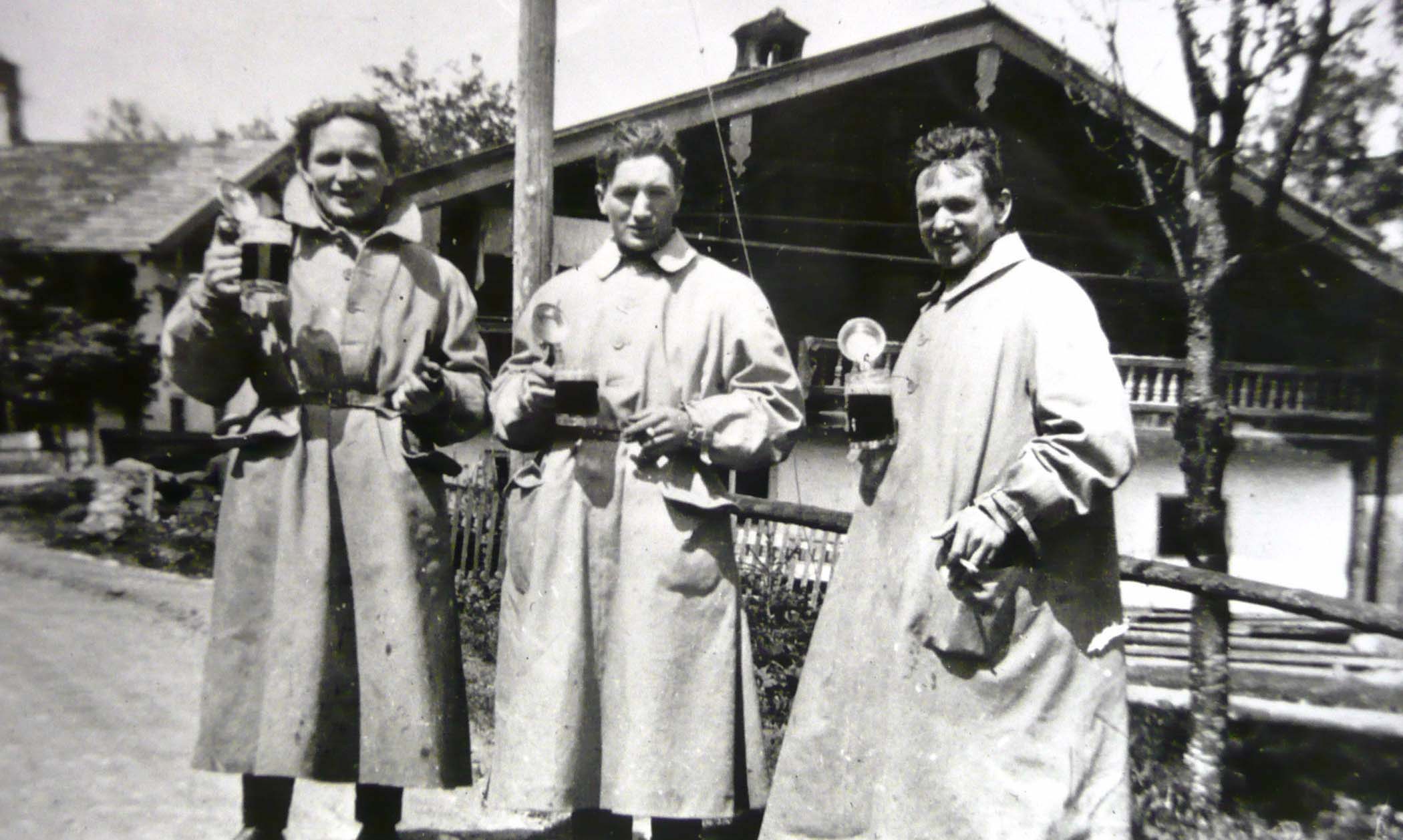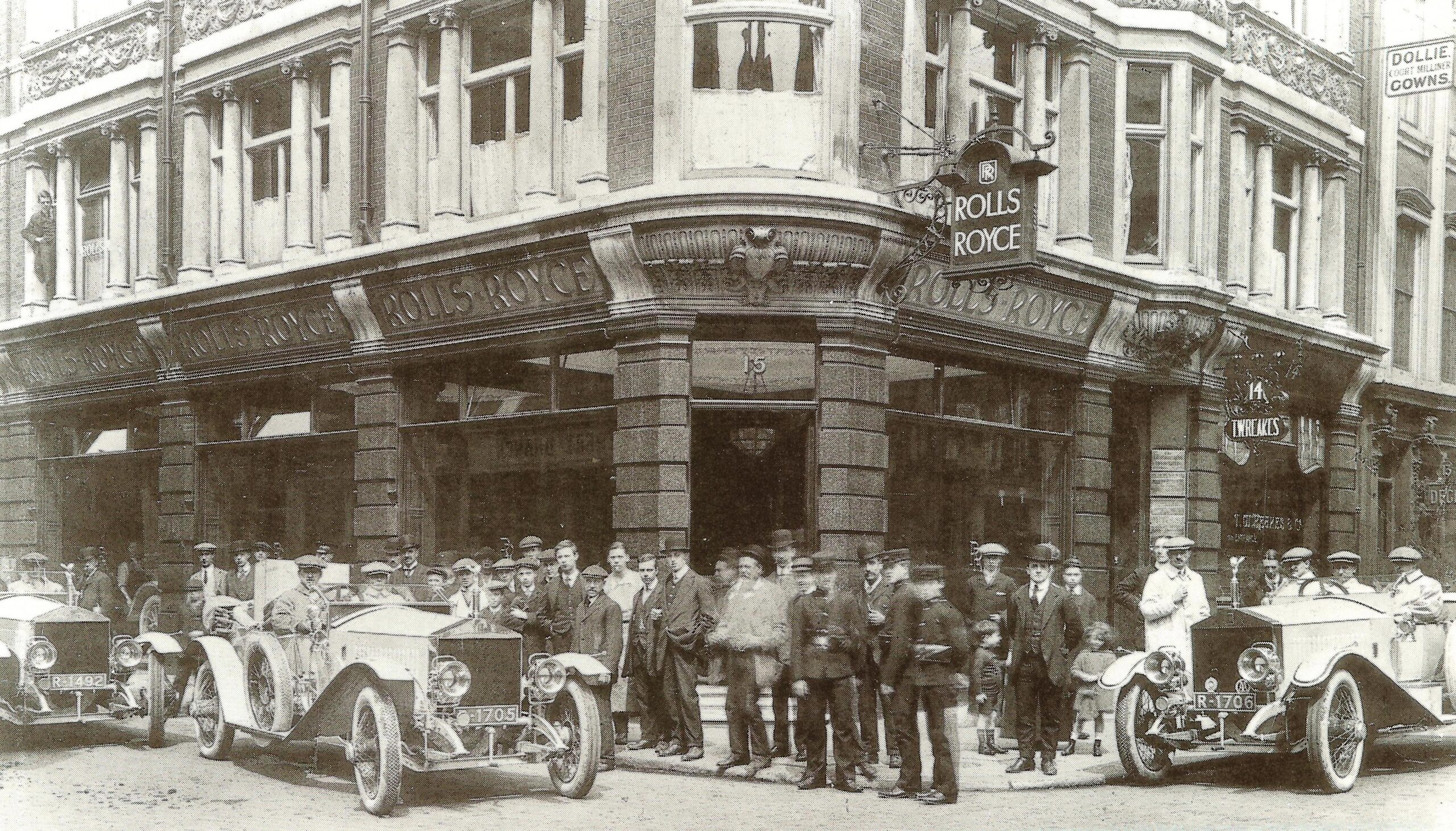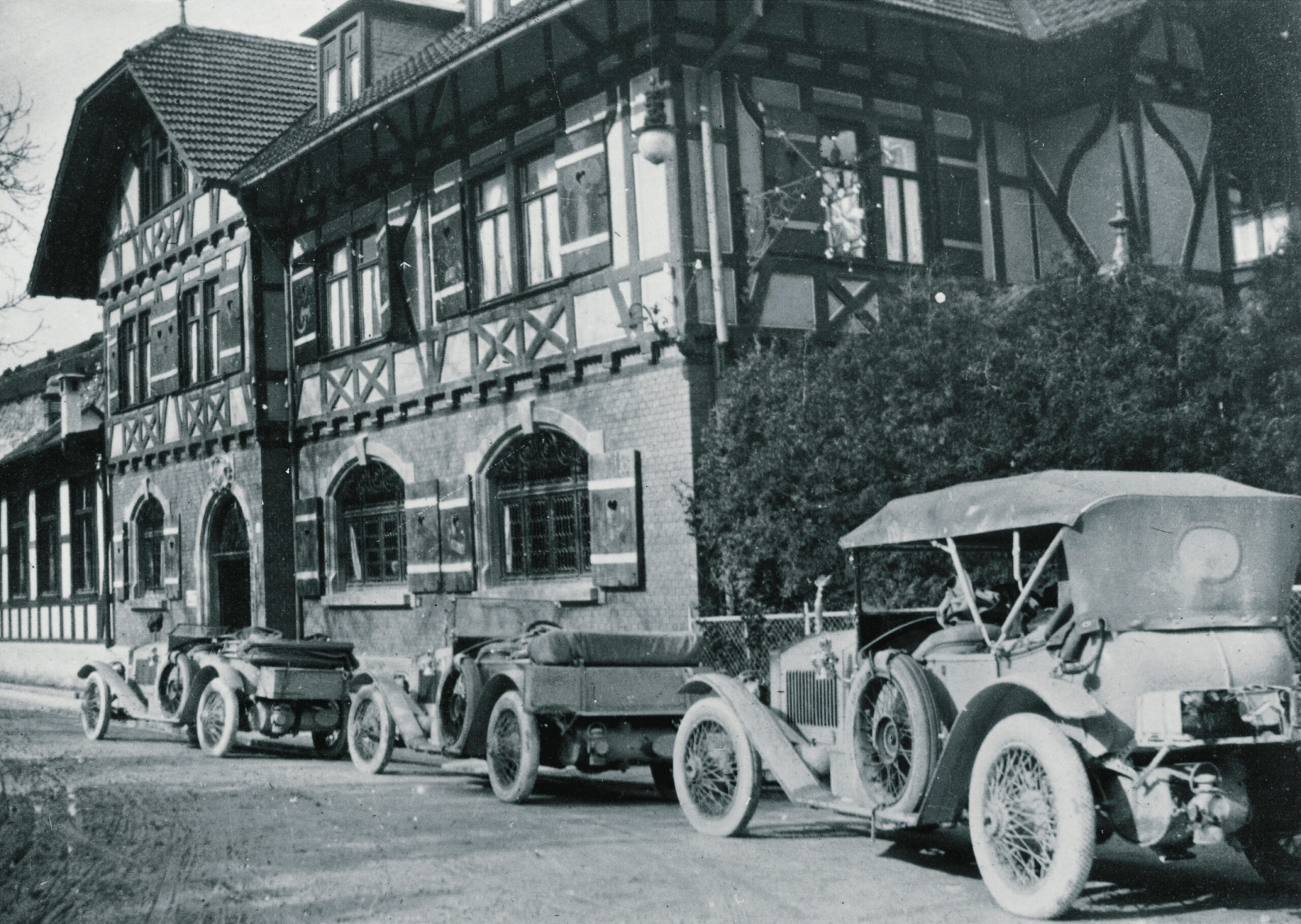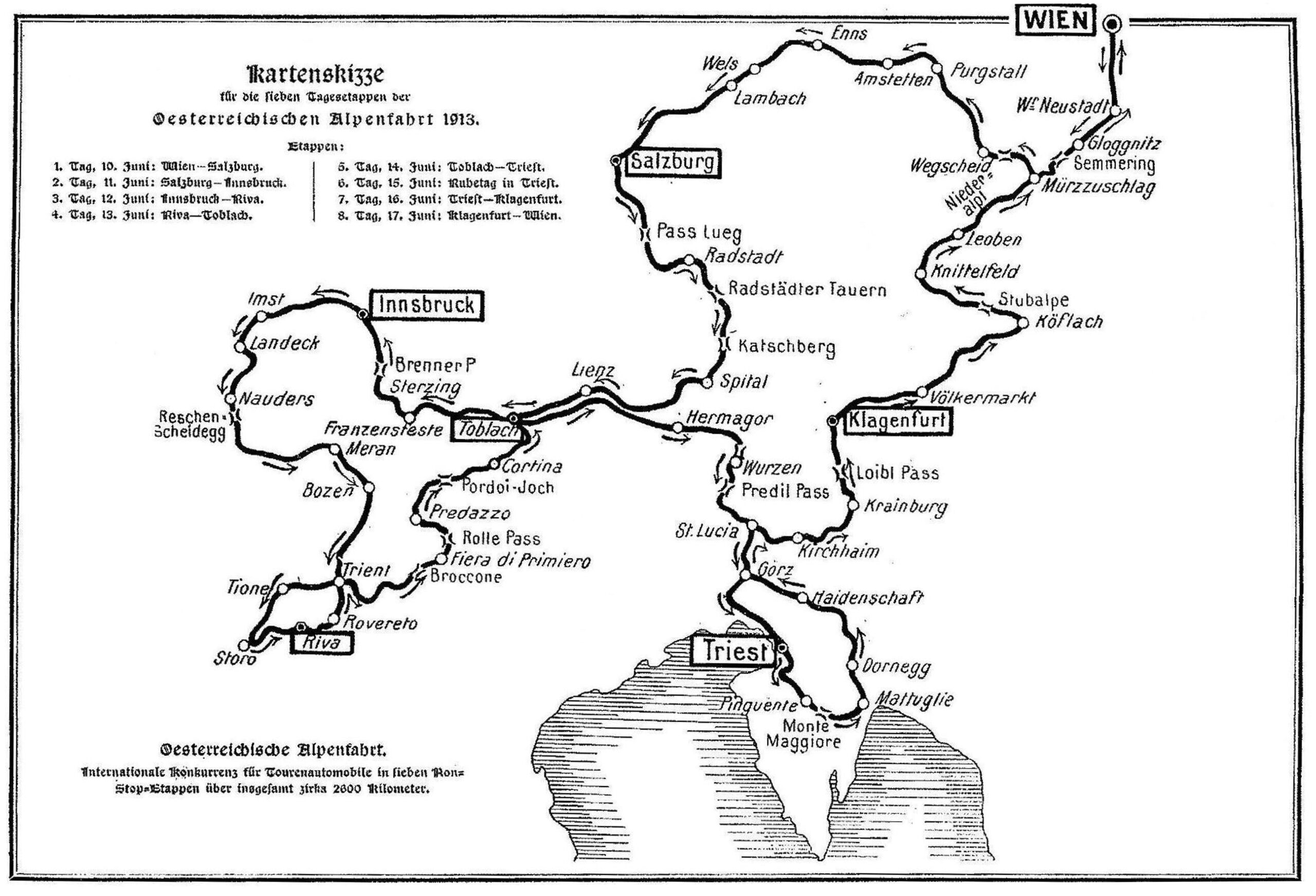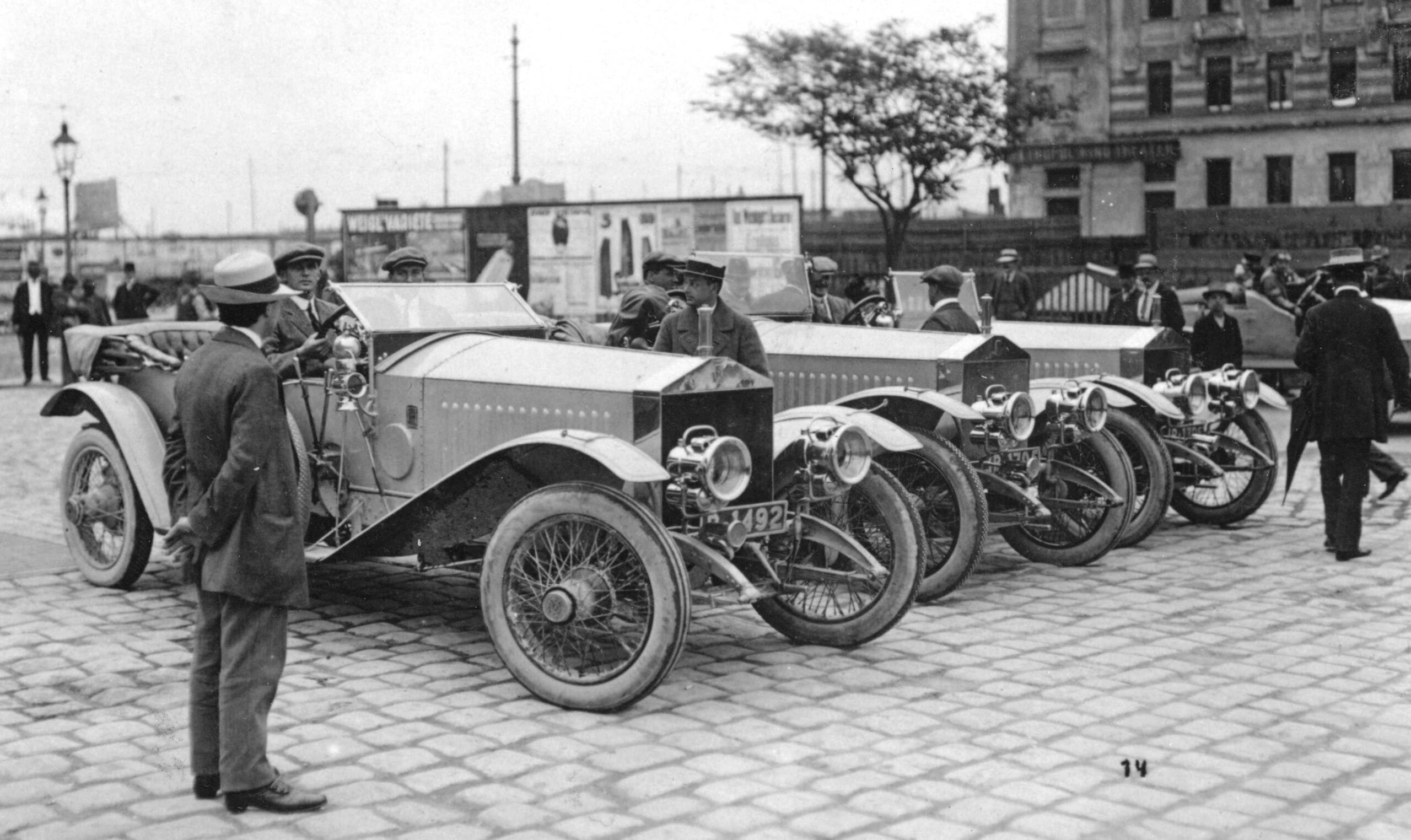“En la Casa de Rolls-Royce en Goodwood, diseñamos y construimos a mano lo que muchos llaman ‘el mejor automóvil del mundo’. Ese título se le otorgó por primera vez a Rolls-Royce hace 110 años, luego de que Silver Ghost dominara por completo la abrumadora prueba alpina en 1913. Como custodios de este legado único, mantenemos con orgullo el diseño excepcional y la excelencia en ingeniería que hicieron de aquellos primeros Rolls-Royce muy exitoso. Estos exquisitos ejemplos del arte de nuestros fundadores son una verdadera inspiración; Gracias al cuidado y la atención calificados que los orgullosos propietarios de hoy en día brindan a estos asombrosos automóviles, aún podemos experimentar y disfrutar de sus extraordinarios atributos. La combinación inigualable de rendimiento, fuerza, confiabilidad, innovación tecnológica, compromiso del conductor y comodidad del Silver Ghost proporciona una plantilla para todo lo que hacemos más de un siglo después”.
Torsten Müller-Ötvös, Director Ejecutivo, Rolls-Royce Motor Cars
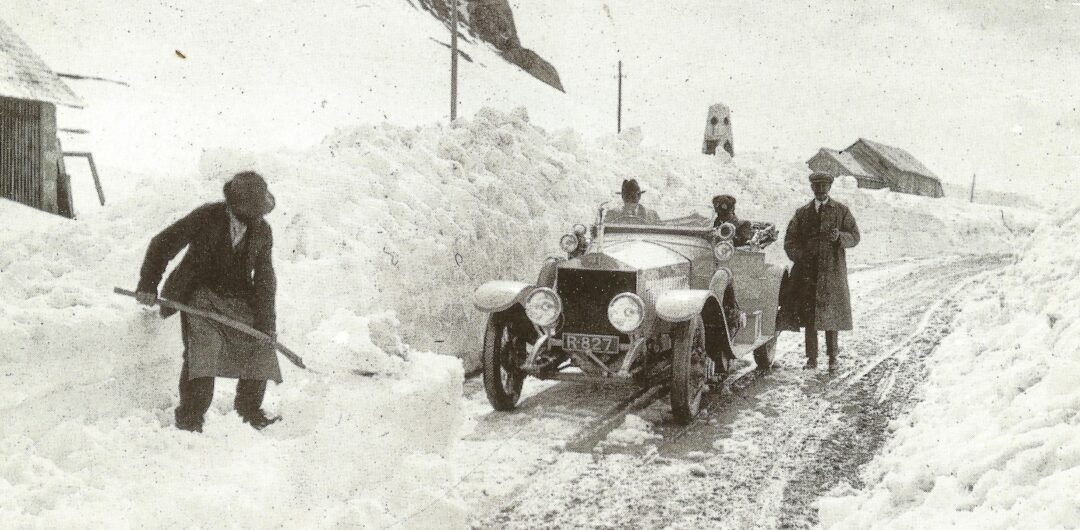
Rolls-Royce Motor Cars celebra el 110.º aniversario de su éxito en el Alpine Trial de 1913, un evento cuya importancia en la leyenda de Rolls-Royce no se puede subestimar. Fue este desafío, realizado durante ocho días y 2.600 km, lo que estableció la reputación de Rolls-Royce como «el mejor automóvil del mundo», una corona que conserva hasta el día de hoy. Rolls-Royce repasa los personajes, los autos y las condiciones que ayudaron a hacer historia en la automoción.
UN DESAFÍO INTENSO Y UNA OPORTUNIDAD IMPERDIBLE
Desde su fundación en 1904, Rolls-Royce se ganó de inmediato una reputación envidiable por su calidad y confiabilidad. Esto se consolidó con una actuación impecable del nuevo motor de 40/50 hp, o Silver Ghost, como se le conoció, en las Pruebas de confiabilidad escocesas de 1907, seguida de una demostración sin igual en la famosa Prueba Top Gear de Londres a Edimburgo de 1911 y Brooklands 100 mph. Correr.
Estos esfuerzos le valieron a Rolls-Royce el sobrenombre de «el mejor automóvil británico». Sin embargo, para el enérgico y ambicioso director gerente Claude Johnson, quien se describió a sí mismo como el guión de Rolls-Royce, esto fue solo el comienzo. Quería conquistar el mercado europeo y sabía que el éxito en un evento continental de alto perfil era la clave. El Alpine Trial de 1913 le proporcionaría precisamente la oportunidad que estaba buscando.
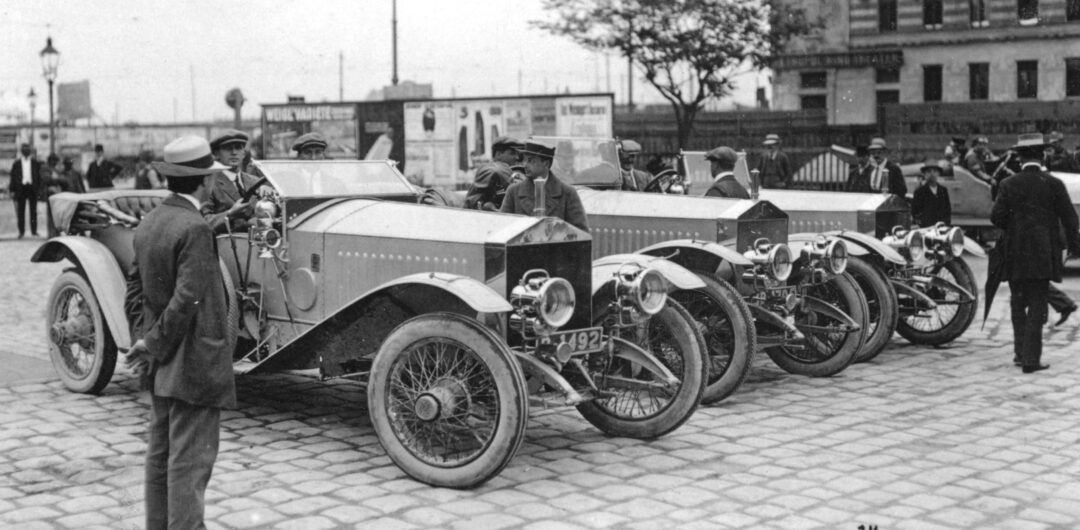
PERFECTAMENTE PREPARADO
Johnson seleccionó personalmente un equipo de trabajo de Rolls-Royce, con Eric Platford, uno de los empleados más confiables de la compañía y ex mecánico del propio Charles Stewart Rolls, como gerente. Los Silver Ghost especialmente preparados serían conducidos por Curt Friese, el representante de la marca en Austria, el experimentado piloto alpino Jock Sinclair y EW Hives, un miembro sénior del Departamento Experimental de Derby y el primer hombre en conducir el Silver Ghost a 101 mph.
Johnson también invitó a un entusiasta propietario privado de Silver Ghost, James Radley, para actuar como líder del equipo.
Los autos de Works se prepararon meticulosamente para los peligros de una travesía primaveral de los Alpes. Entonces como ahora, estos incluían temperaturas extremas, altitudes elevadas, pendientes exigentes y descensos vertiginosos, pero todo sin el beneficio de las superficies de las carreteras modernas de hoy.
Las modificaciones técnicas más significativas del Silver Ghost incluyeron una nueva caja de cambios de cuatro velocidades con una marcha baja especial, chasis y suspensión reforzados, un tanque de combustible principal más grande junto con una reserva y un nuevo sistema de arranque que podría hacer que el motor funcionara bajo un minuto incluso en temperaturas bajo cero.
Después de una exitosa misión de reconocimiento en mayo, en la que los autos superaron terribles condiciones con perfecta compostura, el equipo viajó a Viena para el inicio de la prueba alpina el 22 de junio de 1913.
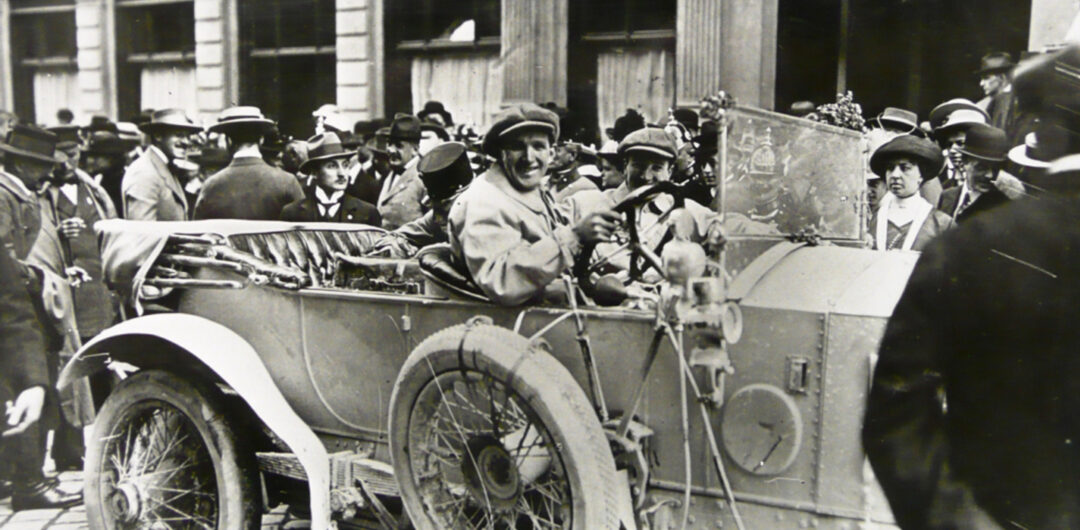
DAY 1 (260 MILES, MAXIMUM ELEVATION 4,000 FT)
As the most powerful vehicles taking part, the Silver Ghosts were sent off first, led as planned by James Radley. Starting at 5.00am, Radley crossed the first day’s finish line in a little over eight hours, followed 45 minutes later by the rest of the Works Team. No other cars came near to matching their pace, and even this relatively straightforward stage saw the event’s first retirements.
DAY 2 (262 MILES, MAXIMUM ELEVATION 5,700 FT)
The second day saw the competitors tackle the oldest road over the Alps, the Tauren Pass, which rose 2,900 ft in just 12 miles with a maximum gradient of 27.9%. Compounded by atrocious weather and road conditions, the task proved impossible for many. The Silver Ghosts, however, sailed over at half-throttle, with Radley averaging 25mph and never falling below 17mph, even on the steepest slopes.
DAY 3 (246 MILES)
On a much easier, largely level run finishing at the shores of Lake Garda, the Rolls-Royce team led from the start, with Radley complaining about the slow pace set by the officials’ car in front.
DAY 4 (192 MILES, MAXIMUM ELEVATION 7,400FT)
Stage four took the teams over the Dolomites and included the Trial’s highest point, the Pordoi Pass. Rain soon turned to heavy snow, but the Rolls-Royce team were undaunted and took the first four places on the day.
DAY 5 (205 MILES, MAXIMUM ELEVATION 3,500 FT)
Despite freezing conditions, the Works Team again led from start to finish on a long drive through southern Austria via steep, rugged and copiously hair-pinned roads including the Wurzen and Perdils passes to the port city of Trieste.
DAY 6 (242 MILES, MAXIMUM ELEVATION 3,500 FT)
After a rest day in Trieste, the teams took on the steepest pass of the entire event – the Loibl, which gained 2,300 ft in just three miles – en route to the final overnight stop in Klagenfurt, where the Rolls-Royce team completed another clean sweep. Radley reduced the record time for the ascent from six-and-a-half minutes to just five, delighting onlookers by taking a drink as he rounded the final hairpin.
DAY 7 (260 MILES, MAXIMUM ELEVATION 5,000FT)
Between Klagenfurt and the finish in Vienna lay the notorious Stubalpe Pass. The road included 125 gullies that drained water across the road and could only be negotiated at walking pace. As usual, the Silver Ghosts were untroubled and led onto the fast, final stretch to Vienna, where Radley hit 70mph on three occasions.

However, as they passed through the village of Guntramsdorf, Jock Sinclair’s Silver Ghost was struck by a speeding car driven by a non-competitor and forced into a telegraph pole. After repairing the near-side front wheel and tyre, Sinclair limped into Vienna in his one functioning (third) gear. It was the first and only time the team failed to take the first four positions in the event.
UNDISPUTED CHAMPIONS
Of the 46 starters, only 31 reached Vienna. The Rolls-Royce cars’ outstanding speed, strength and reliability made them the event’s unrivalled stars. This earned their drivers the most prestigious individual prizes, presented by Archduke Leopold Salvator of Austria. Radley received a special prize from the city of Trieste.
The marque’s exceptional performance drew universal praise and admiration across the automotive world. Of perhaps even greater importance to Claude Johnson, this success translated into European sales that quickly grew to match those in the UK.
Although the Alpine Trials continued until 1973, Rolls-Royce never again entered a Works Team; there was no need. The title of ‘the best car in the world’ had been won – and would never be relinquished.
